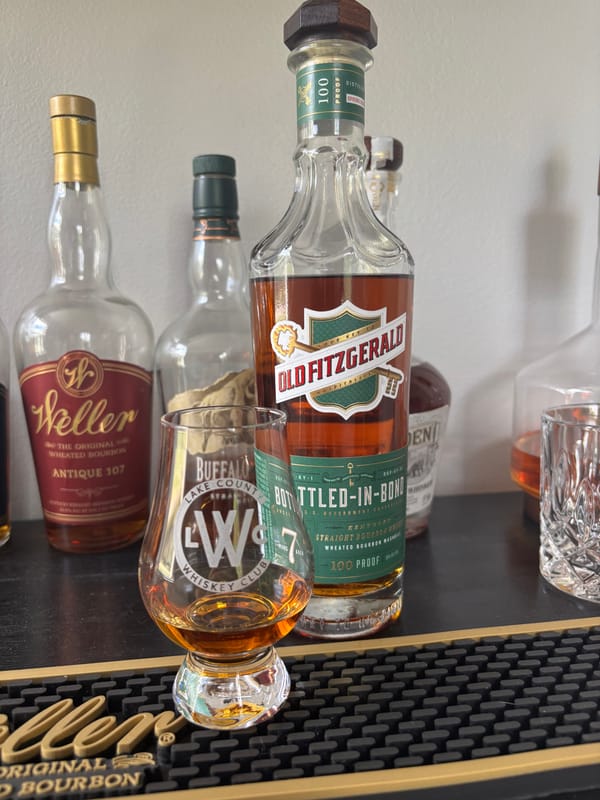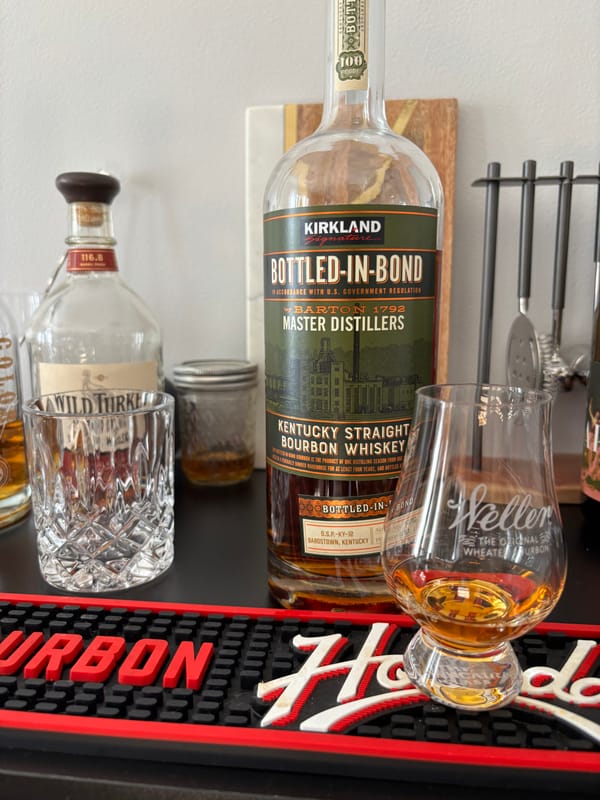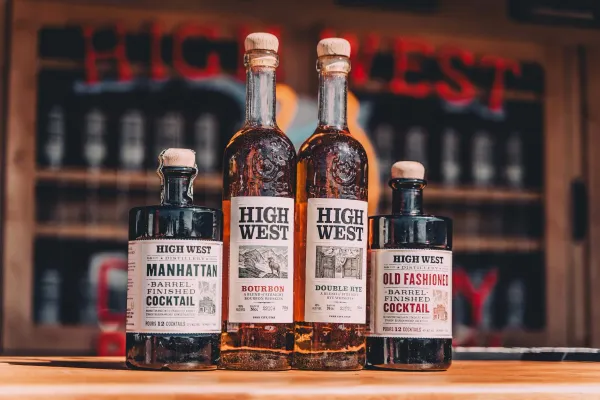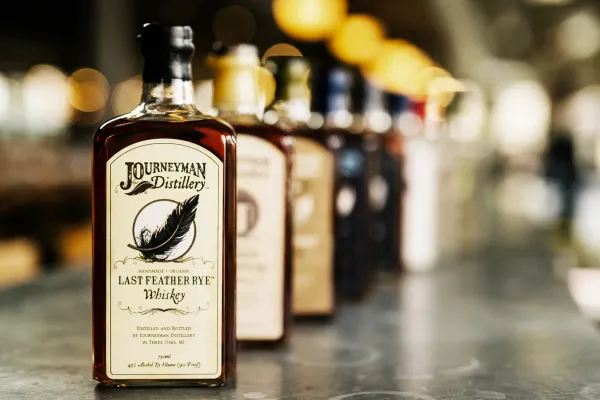Whiskey Geographic Indication Protections: The Origin You’ll Wish You’d Honored Sooner

Geographic Indication Protections: The Whiskey Roots You Can’t Skip
Geographic indication (GI) protections for whiskey aren’t just labels. They’re the legal roots that tie a spirit to its authentic origin, ensuring quality and tradition. If you don’t know these protections, you’re missing the origin that grounds every sip. For whiskey enthusiasts eager to respect heritage, this is the solid truth about whiskey geographic indication protections, grounded in legal standards and craft, and a 2025 must-know.
What Are Whiskey Geographic Indication Protections?
U.S. law defines bourbon as a U.S. product, with Kentucky bourbon requiring production in Kentucky. Scotch (Scotch Whisky Regulations 2009) is a GI for whiskey made in Scotland, aged three-plus years in oak. Irish whiskey (Irish Whiskey Act 1980) is a GI for Ireland’s whiskey, also three-plus years. GIs mandate specific production—mashing (180-200°F), fermentation (8-10% ABV in three to five days), distillation (160-190 proof max), and aging in designated regions, ensuring flavors like bourbon’s caramel or Scotch’s malt in whiskeys at 80 proof minimum.
How Geographic Indications Shape Whiskey
Kentucky bourbon, made with local limestone water and aged in humid climates (20-100°F), delivers consistent toffee sweetness from 51% corn. Scotch, produced in Scotland’s cool, damp conditions (40-65°F), develops malty or peaty depth from barley. Irish whiskey, using Ireland’s soft water, yields fruity or spicy notes in single pot still styles. GIs enforce regional standards, preventing non-compliant whiskeys from using protected names, preserving authenticity and flavor integrity for bottles at 80-120 proof after aging (four to eight years).
Why Geographic Indications Matter for Your Sip
A Kentucky bourbon at 80 proof offers pure caramel warmth, while a Scotch at 86 proof delivers authentic peat, per GI protections. Non-GI whiskeys risk inauthentic flavors. Every sip reflects the origin’s legal heritage, making your next bottle a true taste of its roots.
Why Geographic Indication Protections Matter in 2025
Whiskey geographic indication protections are the spirit’s regional soul. By 2025, honoring these standards could make every sip a vibrant taste of tradition, from sweet to smoky. It’s the truth in the origin, so don’t miss the roots.
Check out NEAT: Whiskey Finder—it’ll help you track down bourbon and whiskey near you.





